Xiaomi Mi 9 Review
Xiaomi Mi 9 Review
Flagship specs at half the price
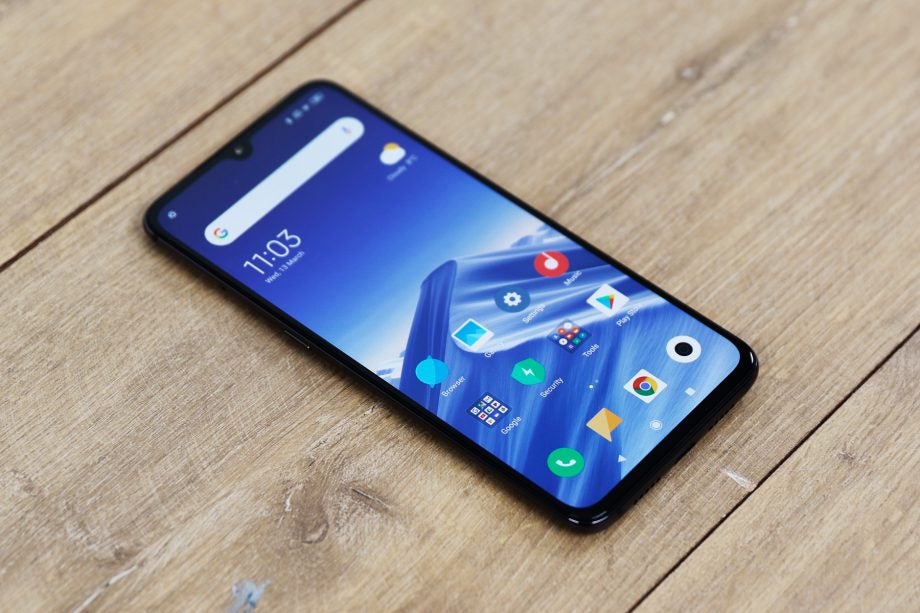
Verdict
The price, performance and camera offered up by the Mi 9 should have purveyors of more costly rivals such as Apple, Huawei and Samsung worried.
Pros
- Versatile camera experience
- Superb value for money
- Fantastic performance
- Excellent screen
Cons
- Slightly temperamental fingerprint sensor
- No IP certification
Key Specifications
- Review Price: £499
- 6.39-inch AMOLED screen
- Powered by Qualcomm Snapdragon 855 mobile chip
- 48-megapixel main camera with f/1.75 aperture
- 16-megapixel ulltra wide-angle camera
- 12-megapixel telephoto camera with 2x optical zoom
- 3.5mm thick at slimmest point; weighs 173g
What is the Xiaomi Mi 9?
Now that’s finally on sale in the UK with a mouthwatering price of £499 (6GB RAM + 64GB) the Xiaomi Mi 9 confirms itself as the biggest smartphone bargain of 2019.
Xiaomi’s tagline might as well be “more bang for your buck”, because its new top-dog brings a killer triple camera arrangement and Qualcomm’s latest and greatest Snapdragon 855 processor to the party, making for a compelling combination – and all for around half the price of your typical flagship phone.
Understandably, the Mi 9 is by no means faultless when compared against the equally fresh-faced Samsung Galaxy S10, and its rather atypical MIUI 10 Android skin won’t be to everyone’s taste. Nevertheless, this doesn’t detract from the fact that you get a serious amount of tech for your money.
Xiaomi Mi 9 – Design
The Xiaomi Mi 9 may not be as interesting to look at as the slideable Mi Mix 3 or the Galaxy S10 line, but it’s still unquestionably a tastefully styled device.
Xiaomi has subtly tweaked the form factor of last year’s Mi 8, granting the Mi 9 what it calls an “all curve” back. The rear of the Mi 8 sported rounded edges but a flat back. The curve of the Mi 9’s Gorilla Glass 5 rear is continuous on all four sides, meaning it sits more comfortably in the palm – a trick Sony similarly pulled with its updated design of the Xperia XZ2.
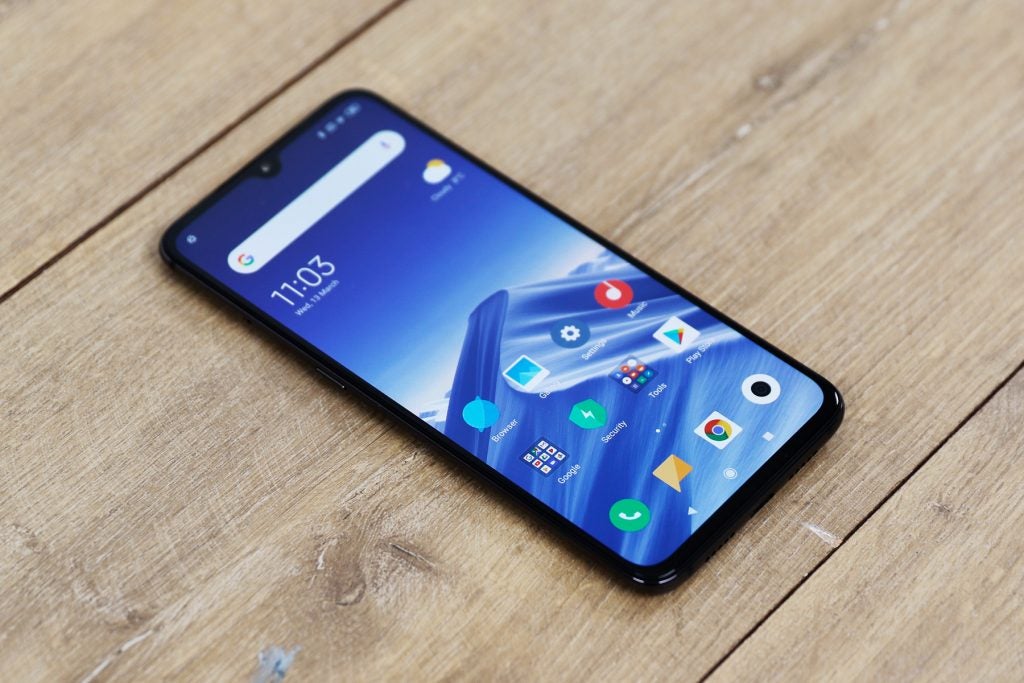
Xiaomi a hero – the Mi 9 offers much of what you’ll find on flagship phones for less
With a thickness ranging from 7.6mm down to 3.5mm at its thinnest point, the Mi 9 feels deceptively slender for a device that’s around the same size and dimensions as the hefty iPhone XS Max.
If you have the option, and you’re not enamoured by the glossy Piano Black finish of the Mi 9 review device, Xiaomi also makes the device available in the two more eye-catching colours of Ocean Blue or Lavender Violet (my personal favourite).
These two options are also accented by a layer of holographic pattern work, which adds dynamism and plays nicely with the phone’s curved back when tilted against the light. It’s a finish that Xiaomi’s Donovan Sung described as a “rainbow spectrum effect” during the phone’s European launch at MWC in Spain.
The glass front and back are banded by a polished colour-matched metal frame, which keeps things simple with a volume rocker plus a function button on the left side, and a power key on the right.
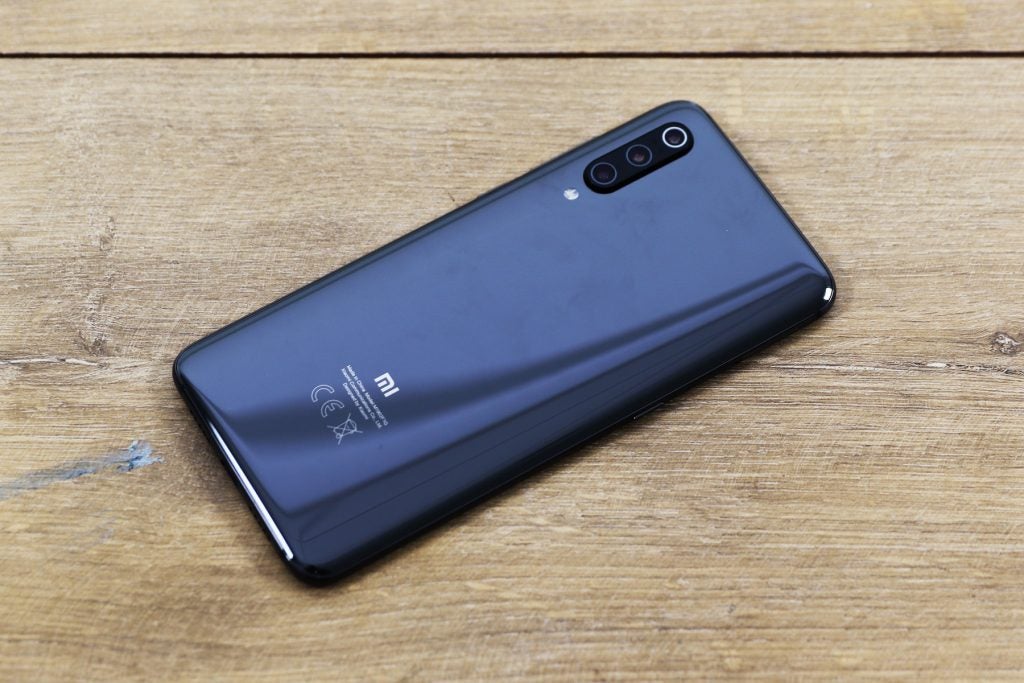
Several layers of paint make for a subtle effect that sees the colours shift depending on your surroundings
The phone features USB-C at its base, but there’s no headphone jack, which leaves wired headphone fans to rely on the in-box 3.5mm adapter. This is a disappointing but expected move considering both current smartphone trends and its predecessor, which have taken the same path.
One element that I wasn’t expecting to see was an IR blaster. Paired with the pre-loaded Mi Remote app you can control all sorts of devices, from TVs to air-conditioning units. That said, I’d have gladly forgone its inclusion to be able to slot my headphones directly into the phone.
The top-right corner of the Mi 9’s back plays host to the phone’s impressive new triple camera arrangement. It juts out from the phone’s otherwise featureless glossy back, surrounded by a frame and covered by sapphire glass for protection.
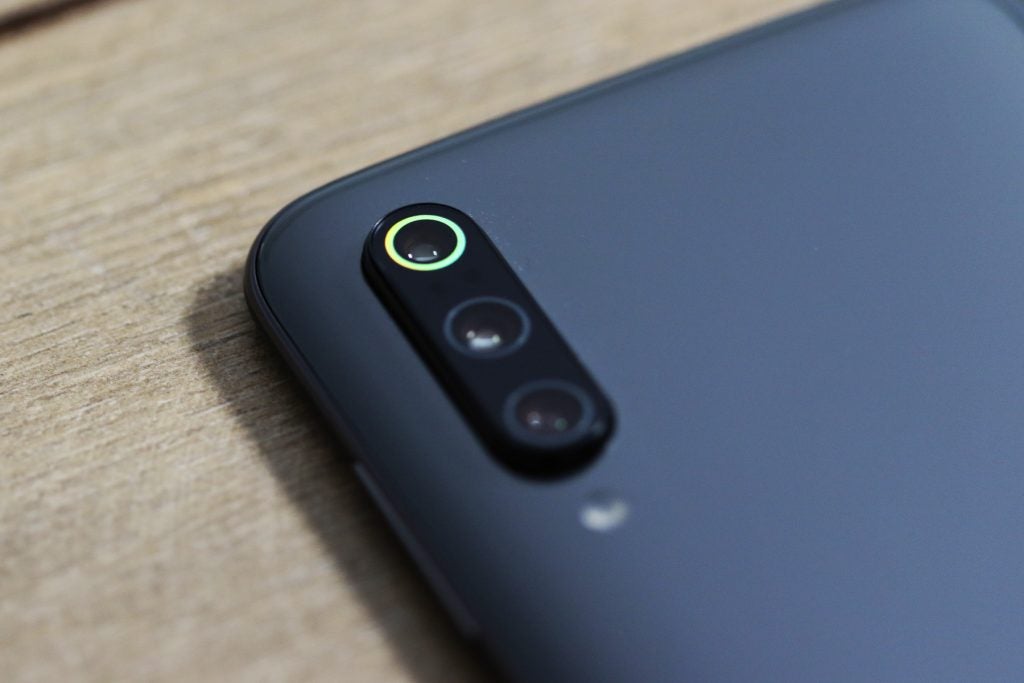
Is the halo ring green…
To add a little visual flair to this otherwise utilitarian element of the Mi 9’s bodywork, Xiaomi has installed a “halo ring accent” – a holographic ring that shifts colour as you tilt the phone, much like the rear on the devices of the two more exciting colour options.
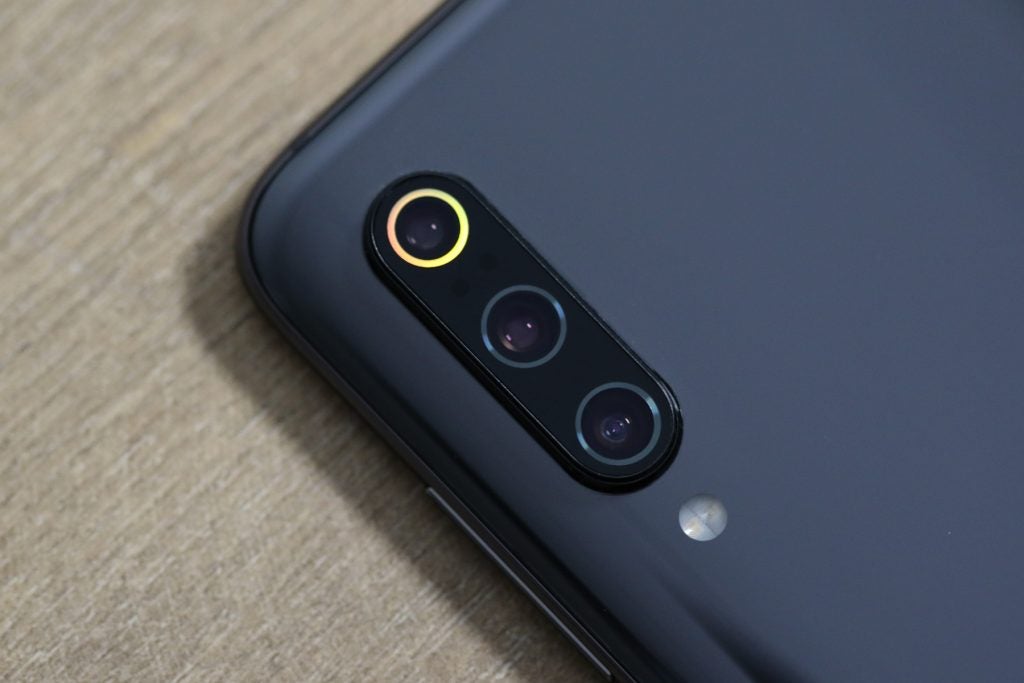
…orange…
It’s a nice evolution of the red ring that some phones’ cameras have previously sported (including the Mi 8 Pro) – which, to my knowledge is unique to the Mi 9, lending an otherwise inoffensive phone a distinct beauty mark all its own.
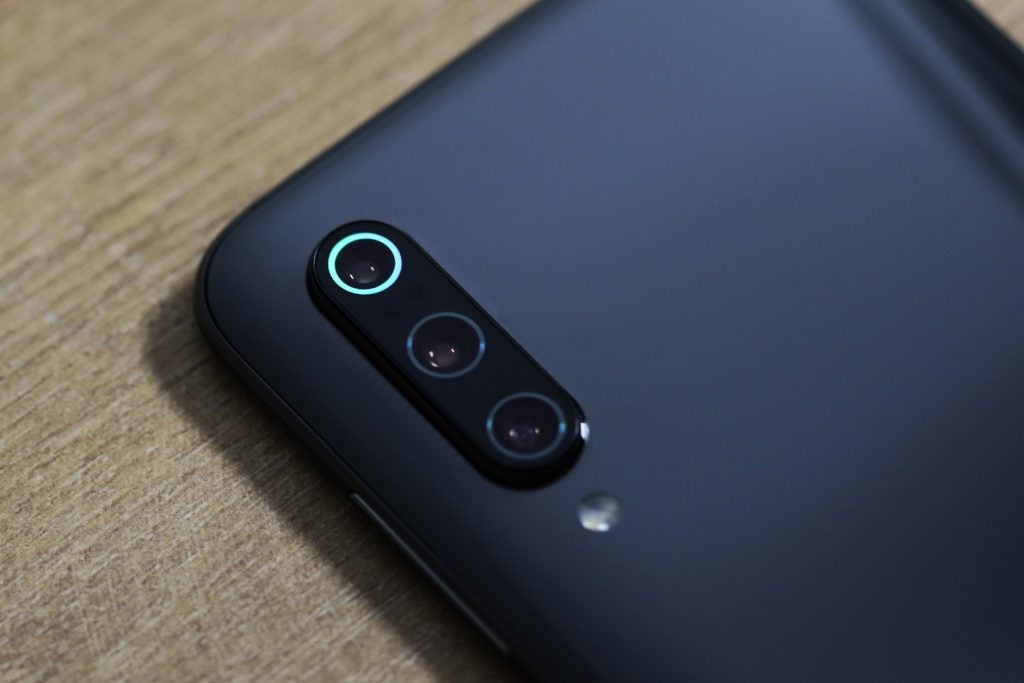
…or blue?
For the superb fit and finish at play here, it’s worth noting that the Mi 9 doesn’t yet embrace the IP-certified water-resistance that many of its contemporaries bring to the table – no doubt a cost-saving measure.
While the peace of mind afforded to you with phones that are protected in this way is appreciated, its absence here doesn’t really undermine the otherwise top-notch build quality that Xiaomi offers with the Mi 9.
Xiaomi Mi 9 – Screen
It shouldn’t come as too much of a surprise that the display on the Mi 9 doesn’t offer quite the same visual punch of its pricer competitors. However, the gap in quality is small considering the price difference that sits between such devices.
The flat 6.39-inch 19.5:9 AMOLED display is vibrant without veering towards over-saturation, plus it comes with a very respectable 1080 x 2340 resolution and pleasingly svelte bezels all the way around.
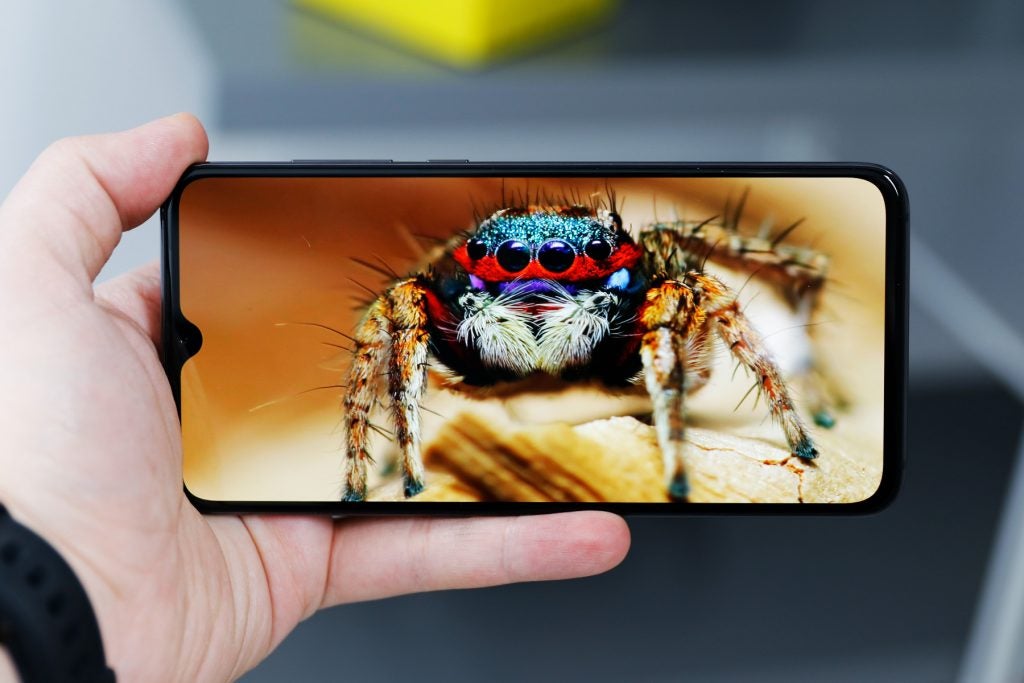
Aside from maximum brightness, the quality of the Mi 9’s viewing experience isn’t all that far off the likes of Samsung’s Galaxy S10
There’s a wealth of colour profile customisation available from within the phone’s Settings menu, meaning you can readily throw the overall viewing experience into warmer or cooler hues, add or reduce contrast and more as your tastes permit.
While it doesn’t reach the heady climbs of the Galaxy S10’s purported maximum brightness, the Mi 9’s display remains wholly usable and enjoyable when viewed in bright surroundings. This is helped by the fact that it also supports HDR viewing from compatible sources such as YouTube.
The ball is very much in the court of content providers such as Netflix when it comes to adding the Mi 9 to their list of compatible HDR handsets, but the phone is equipped with the hardware and permissions if they do decide to include it.
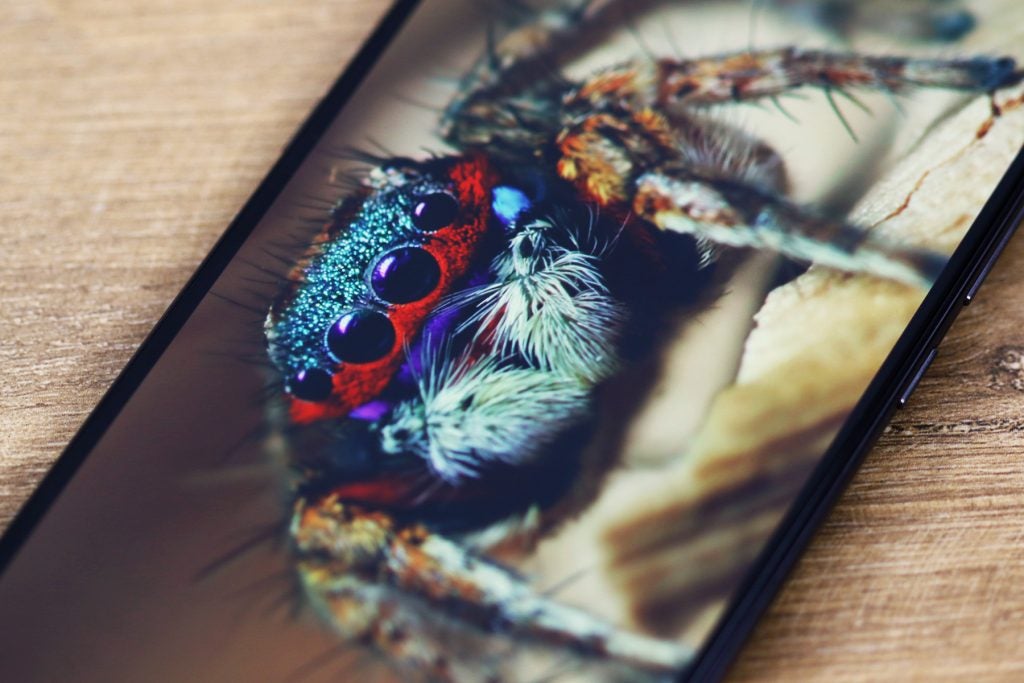
More extreme viewing angles do result in a drop-off in brightness, but the effect isn’t any more pronounced than on comparable rivals
Set beneath the Gorilla Glass 6 protecting the phone’s AMOLED display is a supposedly improved in-display fingerprint sensor, which Xiaomi says unlocks up to 25% faster than the optical sensor first introduced on the Mi 8 Pro.
While I wasn’t able to compare the two side by side, I can say that it still lags behind the more traditional capacitive sensors found on the likes of the Pixel 3 and Galaxy S10e – but felt about as fast as rival in-display offerings.
Damp or cold fingers have proven problematic for this technology in the past, and the same is true here. Although note that the dewdrop notch set into the display’s bezel houses the phone’s front-facing 20-megapixel camera, which also doubles as an RGB face unlock solution if you’re comfortable using it.
Xiaomi has included some extra features that ensure the Mi 9’s screen feels current – technologies such as Reading mode, which shifts the colour temperature to warmer hues and reduces blue light output in evenings or in dark environments for more comfortable viewing.
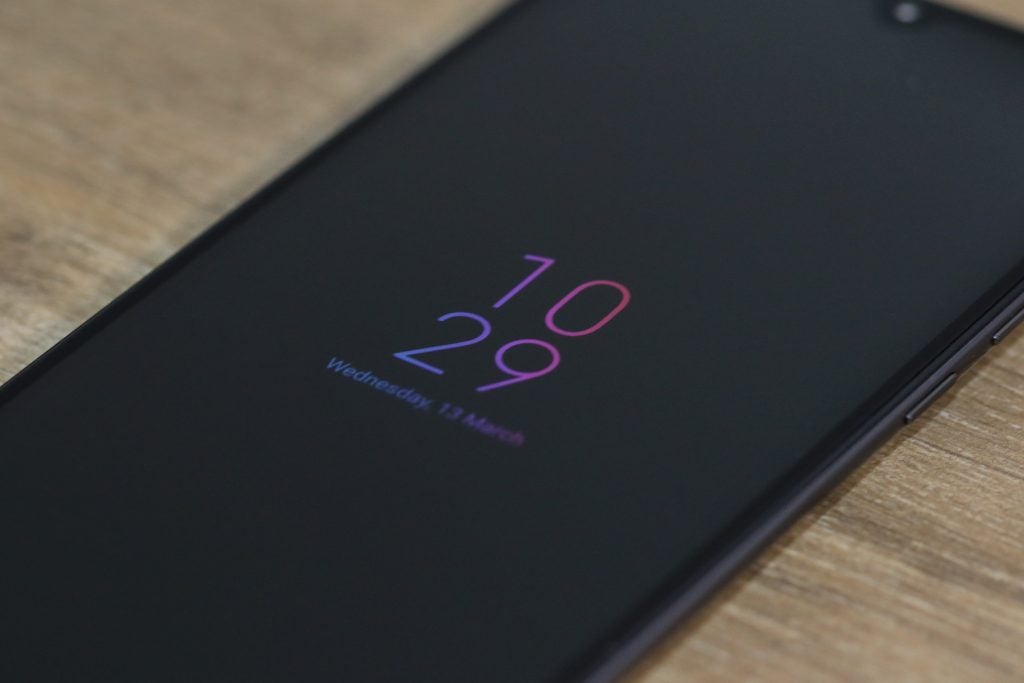
AMOLED panels are perfect for always-on displays
Ambient Display (Xiaomi’s name for an always-on display) is a feature I find invaluable. It lets you glance at the screen to check the time or to see whether there are any pending notifications. There’s a tiny white notification LED set into the phone’s thin bezel to help with this too.
The Mi 9’s display settings also let you choose from a myriad of clock styles and imagery for the Ambient Display, which is a nice touch. As I don’t have to unlock the phone to check for email notifs or the time, the battery takes less of a hit.
Xiaomi Mi 9 – Software
Xiaomi’s MIUI interface is a heavy-handed skin set atop Android, but the global version of MIUI 10 as it appears on the Android 9.0 Pie experience running on the Mi 9 feels decidedly approachable – even for newcomers to the operating system.
You can choose between classic three-button navigation or a gesture-driven experience for interaction. I prefer the former, as I like to leverage the available one-handed mode from time to time, and there’s an easy gesture shortcut to activate the feature if you stick with buttons.
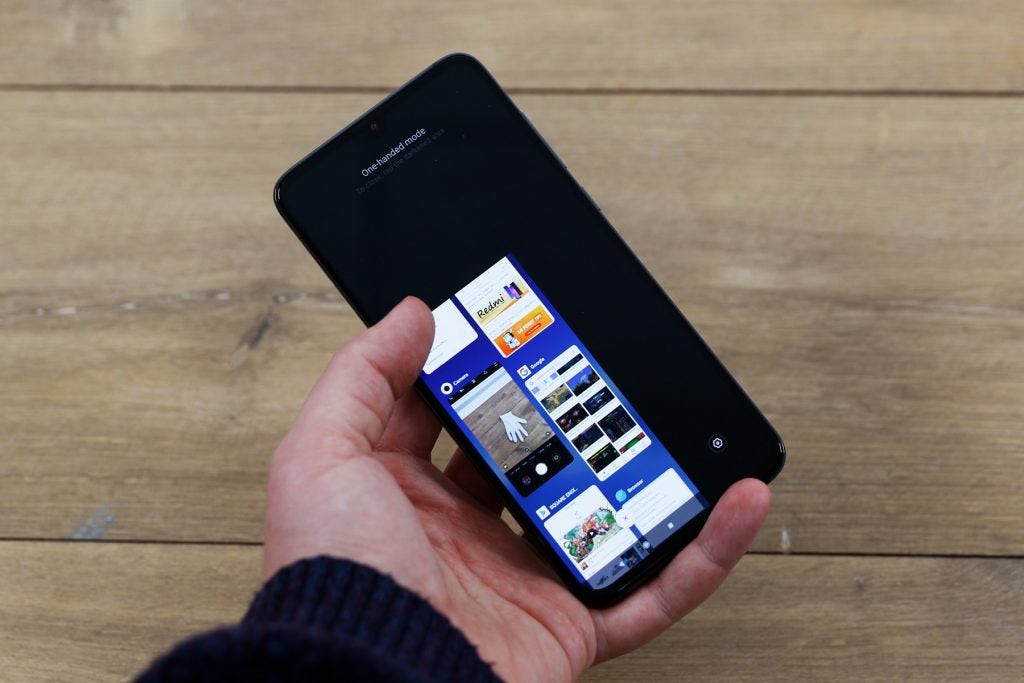
One-handed mode is invaluable when working with the phone’s large display
You can swipe down anywhere on a homescreen to access notifications and quick settings, or up to summon the Google Assistant. Xiaomi has taken the Assistant’s accessibility a step further, with a dedicated hardware key on the left side that grants access to some of its extensive functionality from the lock-screen.
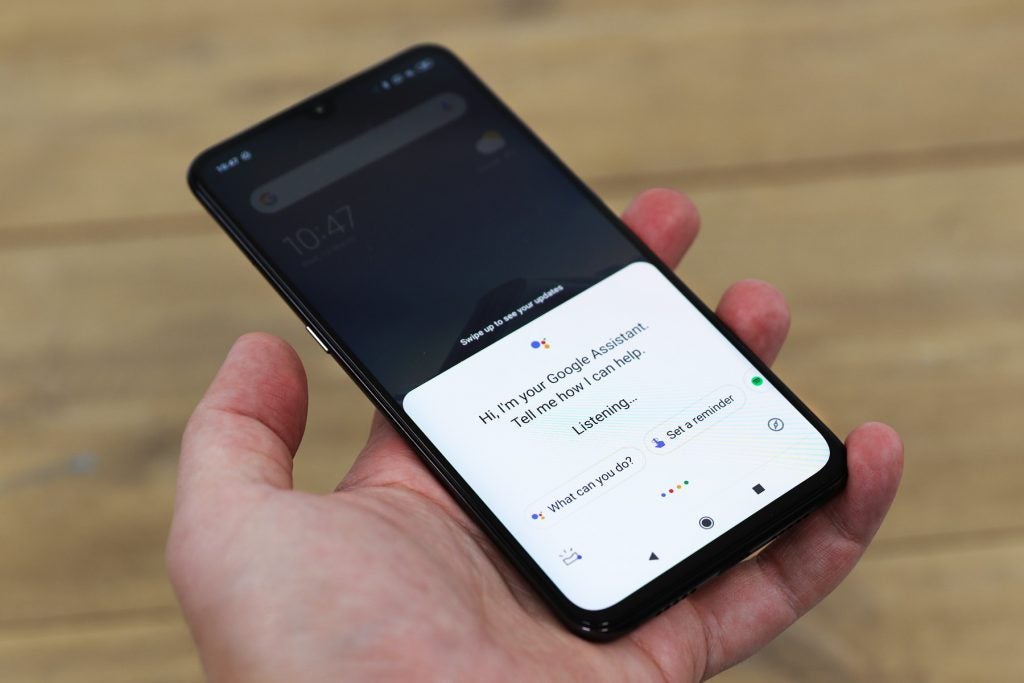
Any actions that need deeper access will request that you unlock the device to fully complete the task. It’s a trait that phones such as the LG G8 ThinQ and Nokia 4.2 also feature, but that doesn’t undermine the value of its inclusion here.
Although there’s no option to reinstate the apps drawer, the overall layout and logic behind moving around MIUI 10 as on the Mi 9 seems solid. While there’s a touch of third-party bloatware on the phone from the off, you can uninstall and disable pretty much anything that isn’t part of the Mi 9’s core software experience.
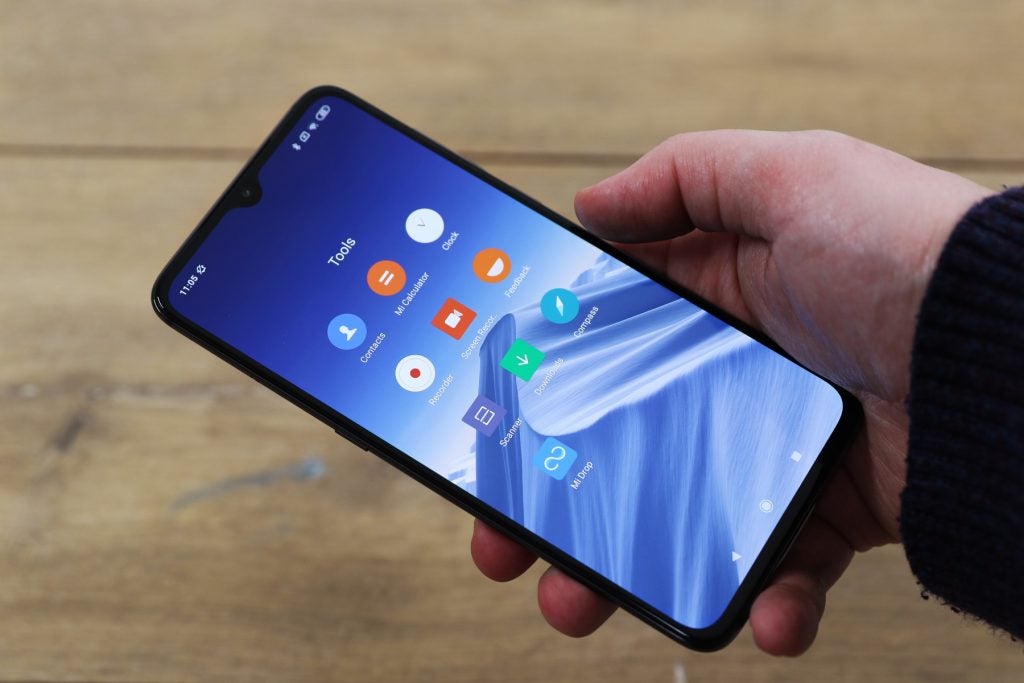
There’s a touch of bloat, but overall it’s more useful than the usual guff some manufacturers chuck on their devices
The phone also allows for more experienced users to dig around and toy with features such as power on/off schedules, homescreen transition effects, a system-wide dark mode, and Second Space.
Second Space is a password-protected subdivision of the user experience, where you can squirrel away apps, images and other content that you don’t want prying eyes to access without your knowledge, should someone get ahold of your unlocked phone.
Essentially, MIUI 10 is better than it’s ever been. While it won’t be to everyone’s tastes, it offers enough flexibility, control and customisation in order to tailor the experience so that the Mi 9 is enjoyable to navigate around.
Xiaomi Mi 9 – Performance
There have been no corners cut with the Xiaomi Mi 9’s engine – it’s one of the first phones to be powered by Qualcomm’s Snapdragon 855 SoC (system on chip).
What does that mean in reality? Well, it’s powerful enough to support advanced camera setups (such as the Mi 9’s triple camera array) and it’s super-efficient, too, which should mean you see gains in areas such as battery life (more on that in a bit).
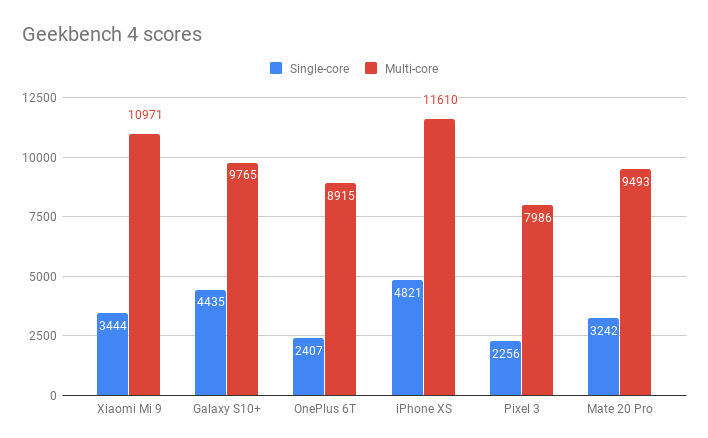
Although I didn’t experience any performance issues in general use, there’s a dedicated performance booster that kicks in when the phone detects that you’re playing a game. It frees up memory and processing resources, and ensures that notifications and other distractions don’t get in the way of your gaming session.
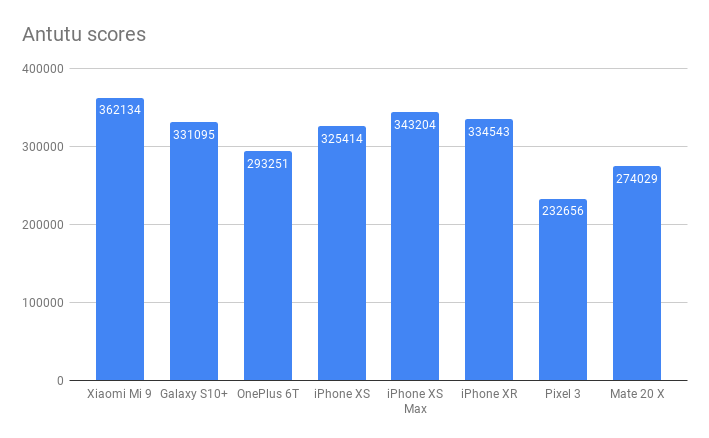
As such, I enjoyed smooth gameplay, even during extended periods of play (over 15 minutes). The Game Turbo suite actually goes deeper than raw optimisation, letting you record gameplay footage and more, all accessible from a handy overlay that pops in while you’re gaming.
As the benchmark scores show, that Snapdragon 855 and the phone’s 6GB of RAM also render the Mi 9 one of the most powerful devices on the market. This shouldn’t come as too much of a surprise – most of the current rivals are still relying on last year’s hardware – but even newcomers such as the Galaxy S10 series have to put up a fight to fend off this affordable alternative.
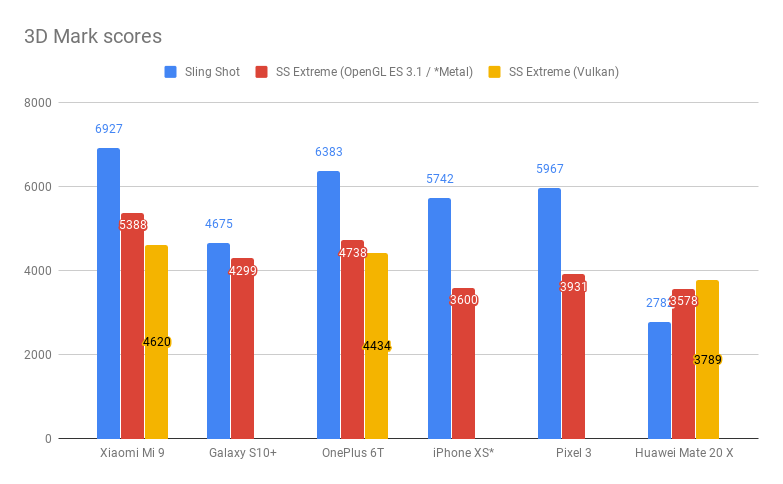
As for storage, there’s no expandability but the option of 64GB or 128GB of internal space should prove ample for most users, while dual-SIM functionality occupies the SIM slot instead.
Call quality is a cut above most of the phones I’ve tested that sport a thin bezel and a dewdrop notch. The arrangement usually pushes the earpiece speaker to the absolute top edge of the phone, with the sound usually leaking up and out of the top of the device.
While that’s still true here to a degree, Xiaomi has done a better job of aiming the output into your ear during a call, something the likes of the Huawei Mate 20 and Oppo RX17 Pro aren’t quite able to match.
Xiaomi Mi 9 – Camera
The Xiaomi Mi 9’s most interesting (and, on paper, impressive) feature has to be its camera – or, cameras. This is the company’s first triple-lens setup and it doesn’t mess around.
The headliner is its 48-megapixel primary sensor, which features a pleasingly wide f/1.75 aperture. It’s the same sizeable Sony IMX586 1/2-inch sensor found on the Honor View 20.
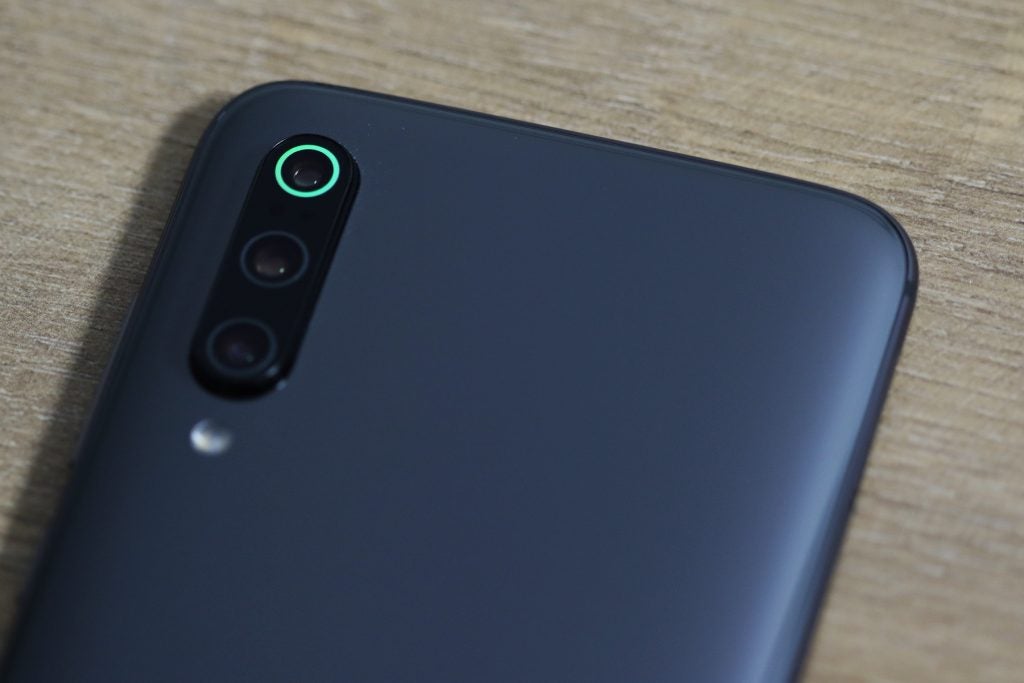
Xiaomi’s first phone with a triple camera array isn’t taking any prisoners (just pictures)
Here, however, it’s supported by a 12-megapixel (Samsung S5K3M5) telephoto sensor that grants the phone 2x lossless optical zoom (this is also the lens surrounded by that holographic ‘halo ring’) and a 16-megapixel (Sony IMX481) ultra wide-angle sensor. The latter boasts a 117-degree field of view that not only lets you take impressive wide-angle shots but also lends its talents to macro photography, thanks in part to a 17mm equivalent focal length.
Paired with a laser autofocus array and the closed-loop motors built into each of the three lenses, the Mi 9 promises to deliver impressively fast and accurate focusing, significantly reducing the risk of blur in shots.

A standard 12-megapixel shot taken on the Mi 9 in natural light

HDR processing makes for pleasing visuals, provided you like this particular aesthetic
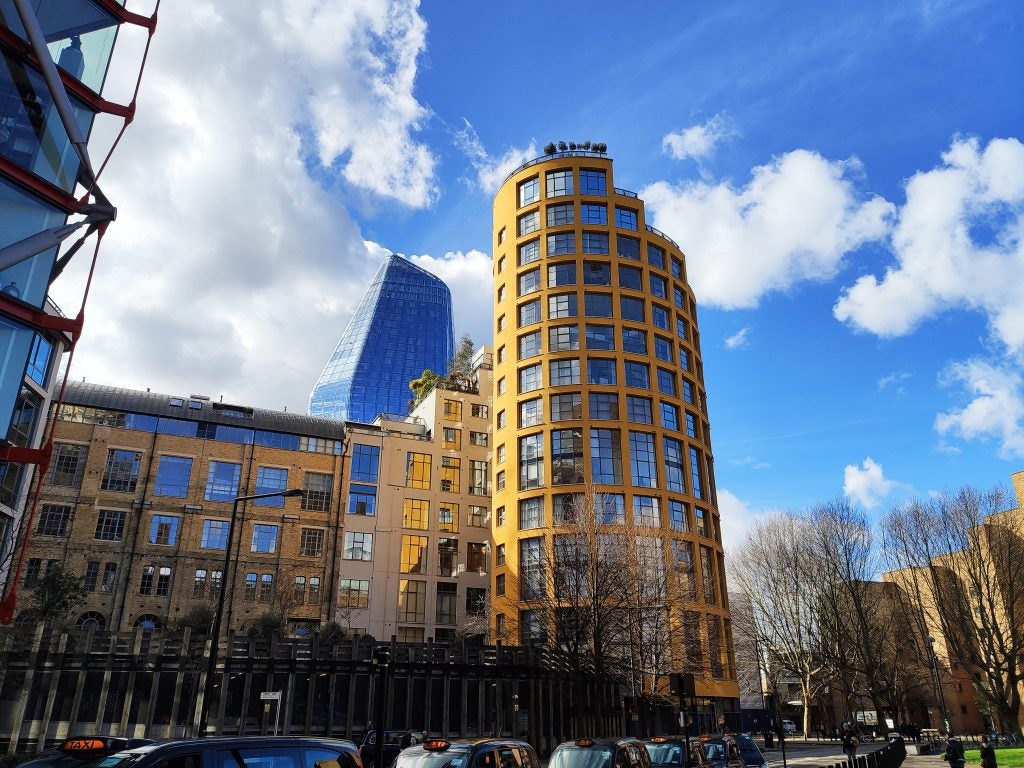
AI boosts colours and contrast for a specific finish that will only suit some
In practice, this collective hardware setup seems to be doing its job perfectly. The phone’s viewfinder always showed the subject I was pointing at in perfect focus, even when I whipped the Mi 9 around to try to confuse matters.

The telephoto sensor retains plenty of detail
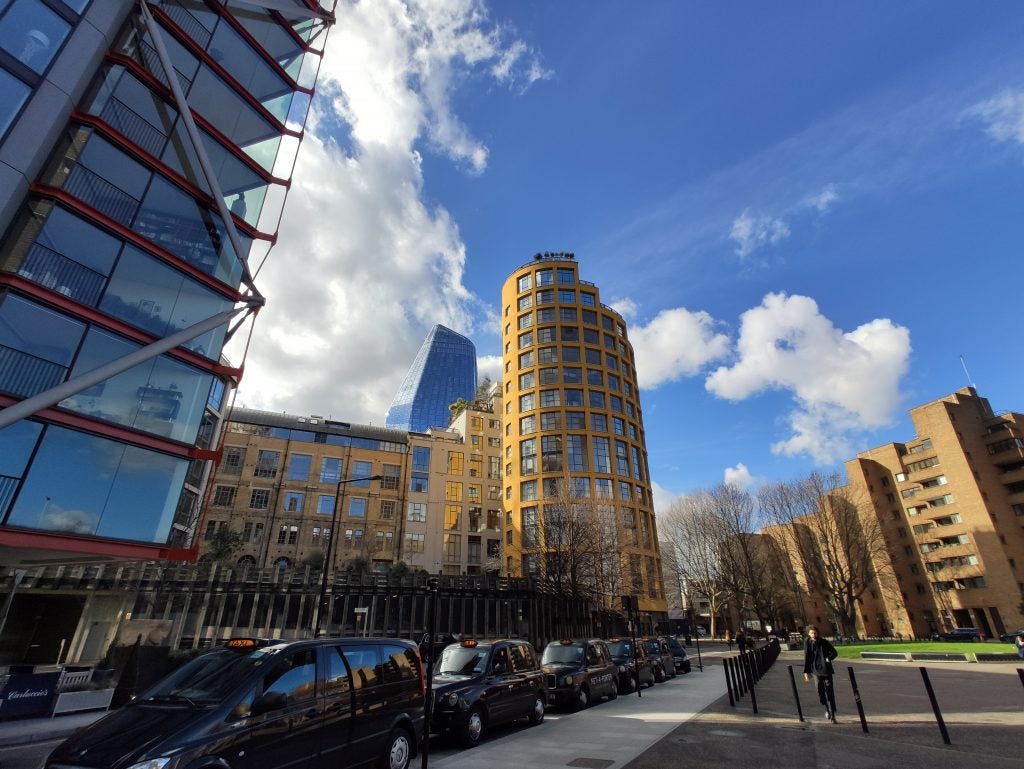
The wide-angle sensor takes pleasing shots, too
There’s also a heap of other tech wrapped into this phone’s robust camera experience that could warrant a standalone piece, but what it really boils down to is whether or not it’s all worth it when it comes to actual photo quality.
For the most part, the Mi 9’s camera experience is excellent. It works in a myriad of shooting scenarios and offers versatility only really found on the likes of the Galaxy S10 and Mate 20 Pro lines.

There’s a noticeable difference in the light processing and dynamic range of the Mi 9’s various sensors (main camera = top, telephoto = bottom)

Flipping on the “AI” button in the viewfinder enables automated scene-detection and settings adjustments that grant images greater visual “pop” – which has its place, depending on the kind of shot you’re hoping to capture. Meanwhile, the HDR button boosts the already pleasing dynamic range of images further still, for a more processed but arresting look.
Image quality feels pretty consistent across all three sensors, even in low-light, all of which isn’t the case with a lot of multi-lensed smartphone cameras. Pixel binning means the main 48-megapixel sensor takes 12-megapixel stills by default, using the extra image data to help remove noise and blur. This is the smartest way to use such a high-resolution sensor, in my opinion – but if you want, you can always jump to a full resolution 48-megapixel still.

Low-light shooting does prove more trying for the Mi 9 than, say, the Mate 20 Pro; there’s more visible image processing at play. It pays to switch the phone into its dedicated Night mode in such scenarios. It still makes for a capable enough snapper nonetheless.

As an experiment, I also tested Google’s own Camera app – which only works as the phone possesses that Snapdragon 855 chipset. It yielded greater detail in low light than the default shooting mode (i.e. not Night mode), which might prove useful for some Mi 9 owners.

Low light comparison: (left) Mi 9 camera app in Auto, (centre) Mi 9 camera app in Night Mode, (right) Google camera .APK in Auto

At the phone’s launch, Xiaomi also touted the Mi 9’s impressive DxO mark scores – not only for stills, but for video too. Naturally, I had to see how it compared to the current gold standard in this area, the iPhone XS. In its own right, the Mi 9 demonstrated impressive automated focus and contrast adjustment – and, overall, capable image stability too.

Being able to shoot at up to 4K resolution at 60fps is also an impressive feat but one that’s echoed by the iPhone. Side by side, I’d still opt for Apple’s flagship over Xiaomi’s if this is the sole reason you’re buying a phone. However, when you factor in that the Mi 9 costs less than half, the gap in polish becomes so much smaller.
Xiaomi Mi 9 – Battery life
The Mi 9’s 3300mAh battery is slightly smaller than its predecessor’s, but the improved efficiency of the Snapdragon 855 processor more than compensates for the difference.
Xiaomi says the Mi 9 delivers all-day battery life – the base standard for most smartphones nowadays. In practice, though, I actually think that’s a conservative estimate.
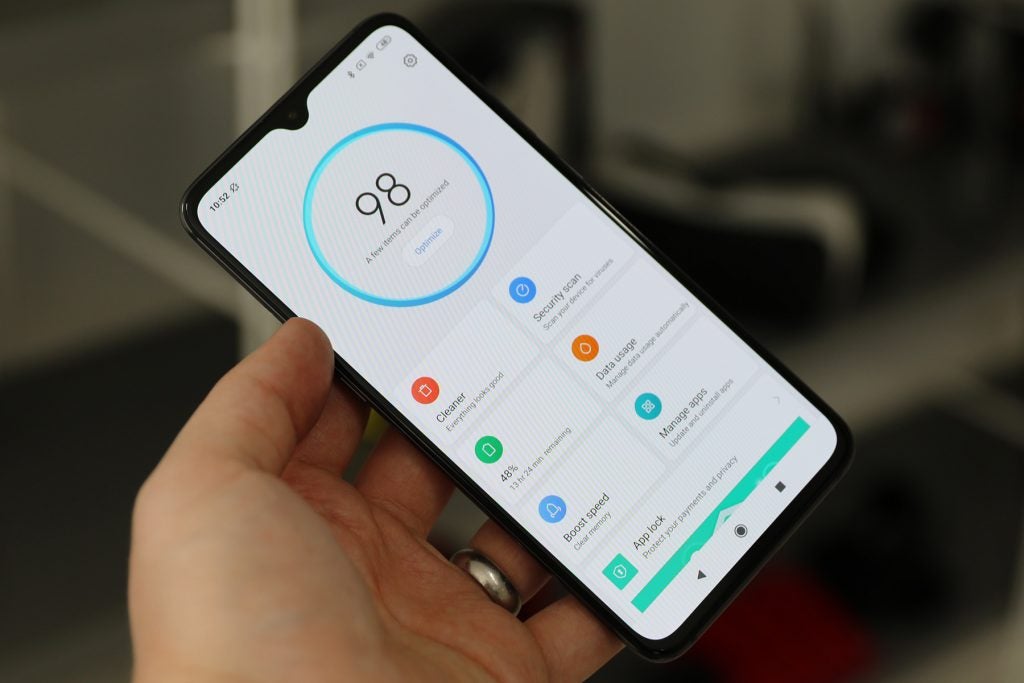
Smart optimisations, like this clean up tool, mean you can easily squeeze a day’s worth of power out of the Mi 9
I consistently finished most days with around 40% charge remaining. As such, I’d say only prolific smartphone users should expect a day’s use from full to empty, while standard use should more closely mirror what I achieved.
The efficiency of the Snapdragon 855 became apparent in more in-depth testing, with a 6% drop after 15 minutes of intensive 3D gaming and a 3% drop when streaming Full HD HDR content at half brightness.
A 30 minute charge from the in-box 18W wired charger refilled the battery from flat to 55%. A full charge took 1hr 10mins – a tad longer than Xiaomi’s promise.
One of the big omissions from the Mi 8 – and even the Mi 8 Pro – was wireless charging. Thankfully, Xiaomi has rectified that with this year’s Mi flagship. You can power the Mi 9 back up wirelessly using any Qi-compatible charging pad, which in testing gave me 20% charge following a 30-minute charge.
To up the ante, the Mi 9 actually supports impressively fast 20W wireless charging, made possible by a new fan-cooled charging pad that Xiaomi is selling separately. I expect it will charge the phone equally as fast as the lower-wattage – but more efficient – in-box wired method, which is a pleasing way to throw the feature into the (Mi) mix.
Why buy the Xiaomi Mi 9?
Xiaomi has continued down the path of offering impressively capable smartphones at prices that subvert the status quo. In a market where most flagships are now dancing around the £1000 mark, the Mi 9 operates at a similarly high level of quality and performance although costs around half as much as the likes of the iPhone XS, Huawei Mate 20 Pro and Samsung Galaxy S10 Plus.
In markets such as the UK, where high-priced contracts are commonplace, such a low handset-only pricing should prove enticing to those after a high-end experience without the income to match. The only question mark falls to the phone’s long-term support, with an unconfirmed path for OS and security updates going forward.
Elsewhere, the hardware and software experience feels as tight as any top-tier phone you’d find on store shelves right now – which get you thinking about what the higher price tag of phones such as the iPhone XS actually affords you.
Verdict
The Xiaomi Mi 9 has the makings of one of the most worthwhile flagship smartphone purchases of the year.
How we test phones
We test every mobile phone we review thoroughly. We use industry standard tests to compare features properly and we use the phone as our main device over the review period. We’ll always tell you what we find and we never, ever, accept money to review a product.


